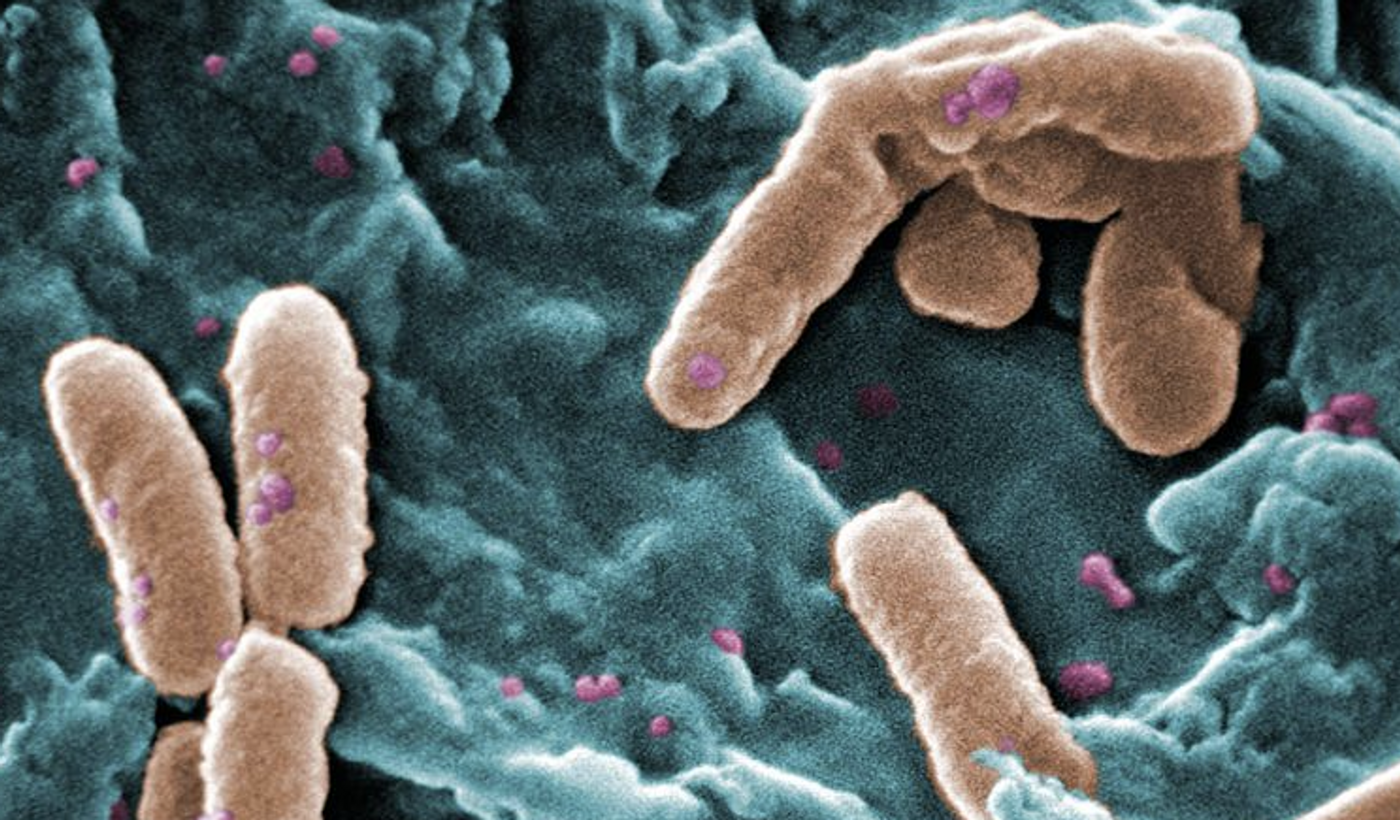Pond Virus Cures Patient's Antibiotic-resistant Infection
An 80-year old doctor was stricken by a deadly bacterial infection, and doctors stopped it with a virus taken from a pond in Connecticut. In what seems like the plot of a movie, the virus, a type of bacteriophage, had been found to have an affinity for Pseudomonas aeruginosa. That same bacterium was infecting a patient after heart surgery and was resisting all antibiotic treatments. The team reported the successful treatment of the infection with the virus, in the journal Evolution, Medicine, and Public Health.
The doctor needed to undergo an aortic arch replacement operation; after the surgery, an infection developed, and huge doses of antibiotics were necessary to keep him alive. The bacterium causing the illness was resistant to treatment, so his physician, Dr. Deepak Narayan, listened to researcher Benjamin Chan when the call came.
There had been an expedition at Dodge Pond in Connecticut that yielded a bacteriophage; they are a type of virus that can kill specific bacterial strains. Chan had been screening samples, looking for bacteriophages in the hopes of findings one that could kill a drug-resistant infection. As the problem of drug resistance grows, we may have to look to bacteriophages as a new kind of therapeutic. This study has suggested that it could work.
Narayan directly administered the virus to the patient; hundreds of thousands of bacteriophage particles were added right to his chest. The treatment worked; the virus killed the Pseudomonas aeruginosa and the patient recovered from the infection.
The bacteriophage acts by attaching to proteins that reside on the surface of bacteria, explained the study co-author Paul Turner, Yale’s Elihu Professor of Ecology and Evolutionary Biology and acting dean of science. The bacteriophage, called OMKO1, binds to surface proteins, which can pump antibiotics out of the bacteria cell and allow it to survive a drug treatment. The bacteriophage OMKO1 eliminates bacteria with those pumps, leaving only bacteria that antibiotics can act on.
“The bacteria are backed into an evolutionary corner,” Turner explained.
The work continues, as the scientists assess other bacteriophages to find ones that can kill other pathogens that resist treatment, such as E. Coli and Klebsiella pneumoniae.
“This new approach to countering that threat grew out of basic research on the process of evolution and also shows the value of biodiversity,” said Sam Scheiner, program director in the National Science Foundation’s (NSF) Division of Environmental Biology.









